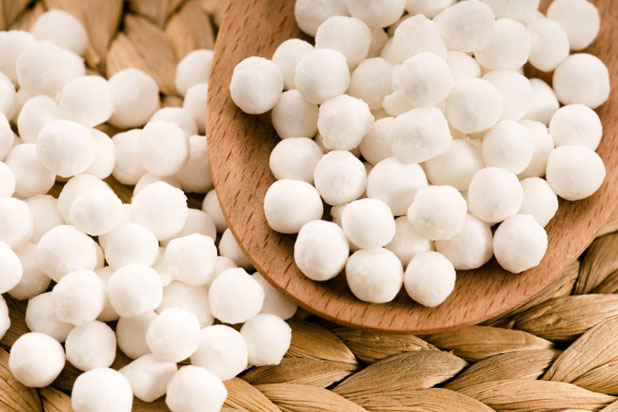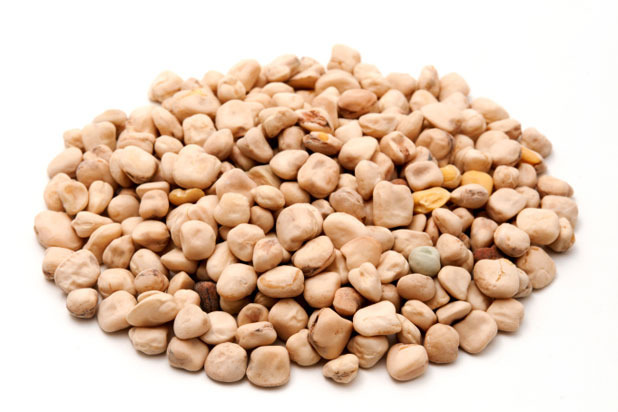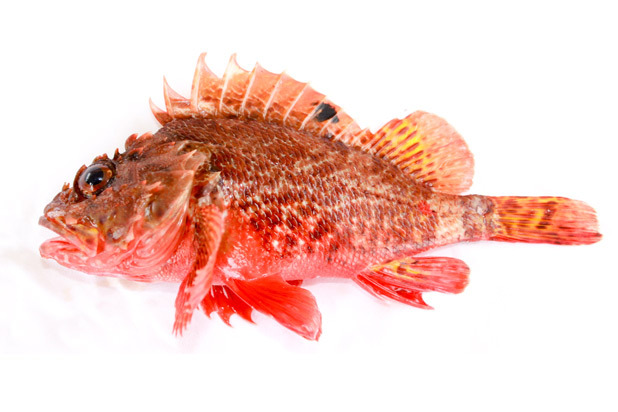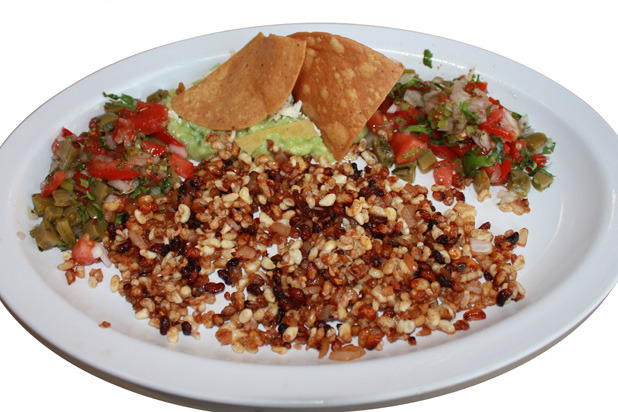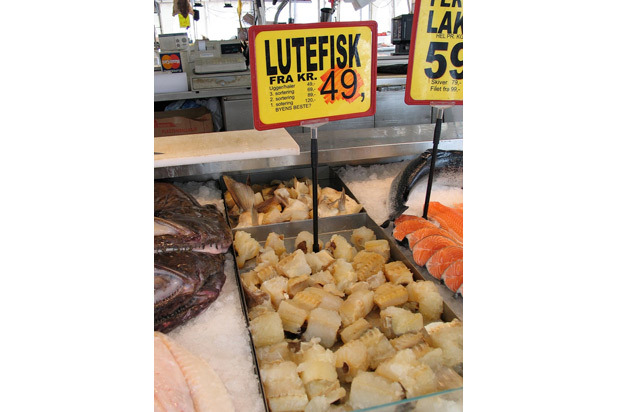8 More Deadly Dishes Slideshow
This native Southeast Asian fruit is known for its large size (a single durian can weigh up to 7 pounds), appearance (marked by a green-yellow thorny shell), and perhaps most distinctly by its pungent scent. Due to the creamy, custard-like nature of the flesh (the husk is not edible), durian is often used in ice cream, milkshakes, puddings, and other desserts. The danger with durian comes in the seeds, which cannot be eaten raw because they contain toxic cyclopropene fatty acids. The seeds are found in the flesh of the fruit, which means they either need to be removed completely or cooked prior to eating.
Stonefish
This fish gets its name from its rock-like appearance, and it's known as one of the most venomous fish in the world. Like the rigid and precise preparation of fugu (Japanese puffer fish), stonefish can be eaten as sashimi (called okoze) if handled correctly by a trained professional. That being said, if mishandled, eating okoze could have deadly consequences.
Tapioca
This starch, which is most often used as a thickening agent, is derived from the cassava plant. Due to properties in the roots and leaves of cassava that can trigger cyanide production if processed improperly, tapioca (which comes from the roots) can pose significant health risks.
Grass Peas
These legumes are prevalent in Southwest Asia and throughout Africa. Due to their ability to thrive and grow in even the most adverse conditions, grass peas are especially popular in regions that are prone to droughts. On the down side, these crops have been shown to cause neurolathyrism, a disease that causes paralysis.
Grass peas are traditionally prepared in soups and stews, similarly to the way lentils are prepared in Indian and East African cuisines. The legumes are also processed as flour.
Red Scorpion Fish
Also known as red rock cod, this predatory fish can be found primarily in the Mediterranean Sea, eastern Atlantic Ocean, and Australia. The fish has a venom-filled dorsal fin that must be carefully removed before cooking, as well as tentacles that they use for stinging. The red scorpion was even the secret ingredient in an episode of the original Japanese Iron Chef series.
Escamoles
This Mexican delicacy is the eggs of the giant black Liometopum ant, which is a highly venomous creature. To harvest the eggs, they must be collected from the roots of agave and maguey plants, which is where Liometopums lay. The taste is said to be both buttery and nutty, while the consistency is reminiscent of cottage cheese. Escamoles are eaten most commonly in tacos.
Inky Cap Mushrooms
These little mushrooms are harmless when eaten on their own or tossed into soups and salads, but when combined with alcohol this fungus can become extremely harmful to humans.
Lutefisk
This Nordic delicacy is traditionally prepared and eaten throughout Norway, Sweden, and some parts of Finland. It has become increasingly more popular across the American Midwest. Lutefisk is made from dried whitefish (which has either been air-dried or salt-dried) and soaked in a diluted lye solution for two days until the fish takes on a gelatinous consistency. Due to the lye-based solution, the fish is considered highly caustic after the soaking period, and is not safe to eat. The lutefisk is finally soaked in cold water for a week, then cooked and served.


